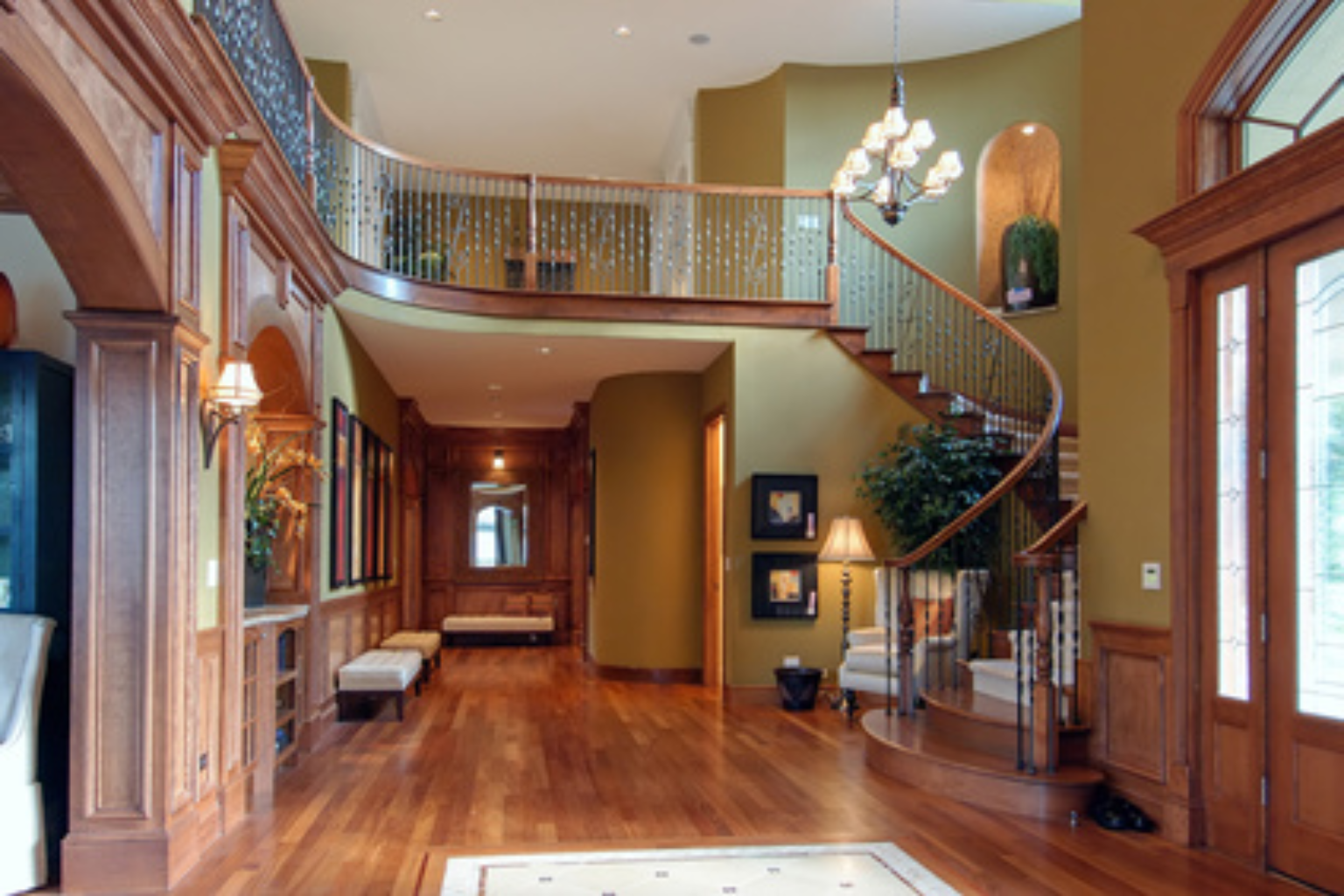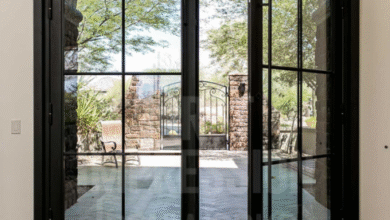Homes That Feel Like You: Designing with Intention in Minneapolis

There’s something powerful about walking into a home that feels completely right. Not just pretty, not just trendy, but balanced in a way that quietly supports your life. The rooms flow without you even thinking about it, the light falls where it should, and the details feel personal instead of staged. That’s not luck—it’s thoughtful design. And in the Twin Cities, where homes range from historic gems to sleek new builds, the process of Minneapolis residential design build offers homeowners a way to merge architecture and interiors into one seamless story. It’s construction and creativity working hand in hand, shaping houses that function beautifully and look even better.
The Way Space Shapes Life
We don’t always realize it, but space has a direct impact on how we feel. Think of the kitchen you move through without effort, where everything has its place and the flow makes cooking almost joyful. Now picture the opposite—a cramped layout where you’re bumping into chairs or stretching awkwardly for utensils. The difference is night and day, and it’s entirely a matter of design.
It’s not about perfection or impressing guests. It’s about building a space that supports your routines, reduces friction, and makes life a little easier.
Why Personalization Matters
Every family lives differently. Some need wide-open spaces for entertaining, while others want cozy corners for reading or quiet meals. Cookie-cutter design rarely delivers that sense of belonging. What people crave is something more—Tailor-made home interiors that feel like a reflection of their lives.
It might mean a mudroom that actually works during Minneapolis winters, or a living room designed around a beloved piano. Personalization ensures a house doesn’t just look good on day one—it continues to feel right years down the road.
The Local Influence
Design here isn’t the same as it is in warmer climates or bigger coastal cities. Minneapolis homes have to work harder. Long winters mean light matters more, warmth matters more, and functionality has to be baked into every room. At the same time, summers are too beautiful not to celebrate, which means interiors need to open up, breathe, and connect to the outdoors.
A local approach to design respects these rhythms. It doesn’t just chase trends; it creates homes that thrive through every season.
The Role of Collaboration
Good design doesn’t happen in isolation. It’s not about a professional sweeping in to dictate taste. It’s about collaboration—listening, asking the right questions, and pulling together details that reflect the homeowner’s personality.
When architects, builders, and designers work together from the beginning, the result feels cohesive. Walls, windows, and wiring all align with furniture placement, color palettes, and lighting plans. It’s the difference between rooms that feel patched together and a home that feels whole.
Balancing Old and New
One of the joys of Minneapolis is the mix of architecture. Century-old houses with wood trim stand alongside new construction lofts. Many homeowners want to preserve history while updating comfort, and that balance is delicate.
It might mean keeping original floors but pairing them with modern lighting, or honoring a home’s vintage charm while upgrading storage and functionality. When done right, you don’t feel the tension between old and new—you feel harmony.
The Emotional Side of Interiors
Design affects emotions in ways we rarely stop to consider. A calming bedroom can change the way you sleep. A well-planned family room can bring people together more often. Even something as simple as better lighting in a kitchen can shift the way mornings start.
Good design quietly reshapes daily life. It doesn’t demand attention. It just makes living easier, smoother, and more enjoyable. That’s the beauty of investing in design—it pays you back every single day.
How to Begin
For many, the hardest part is knowing where to start. Should you renovate one room at a time or reimagine the whole house? Do you work with a builder first, or a designer? The answer often depends on your goals, but what’s certain is that starting with a conversation helps.
If you’re serious about creating a space that feels like home in the deepest sense, take the time to talk to professionals. Ask questions, share frustrations, and explore possibilities. Don’t be afraid to bring your quirks and personal tastes into the mix—that’s where the magic begins.
That’s also why so many homeowners choose to Contact Julian Design when they’re ready to start. It’s not about pushing a single style. It’s about guiding clients through the process, making sure every detail—big or small—adds up to a home that feels uniquely theirs.
Closing Thoughts
At the end of the day, interior design isn’t about chasing perfection or filling rooms with expensive pieces. It’s about creating spaces that make life richer, easier, and more comfortable. In Minneapolis, where climate and character shape the way people live, thoughtful design becomes even more important.
So, whether you’re embarking on a new build, refreshing a beloved home, or simply curious about how design can improve your life, remember this: your home should feel like you. Not just decorated, but designed. Not just styled, but lived in.
Because the best homes aren’t the ones that look perfect in photos—they’re the ones that welcome you every time you walk through the door.




